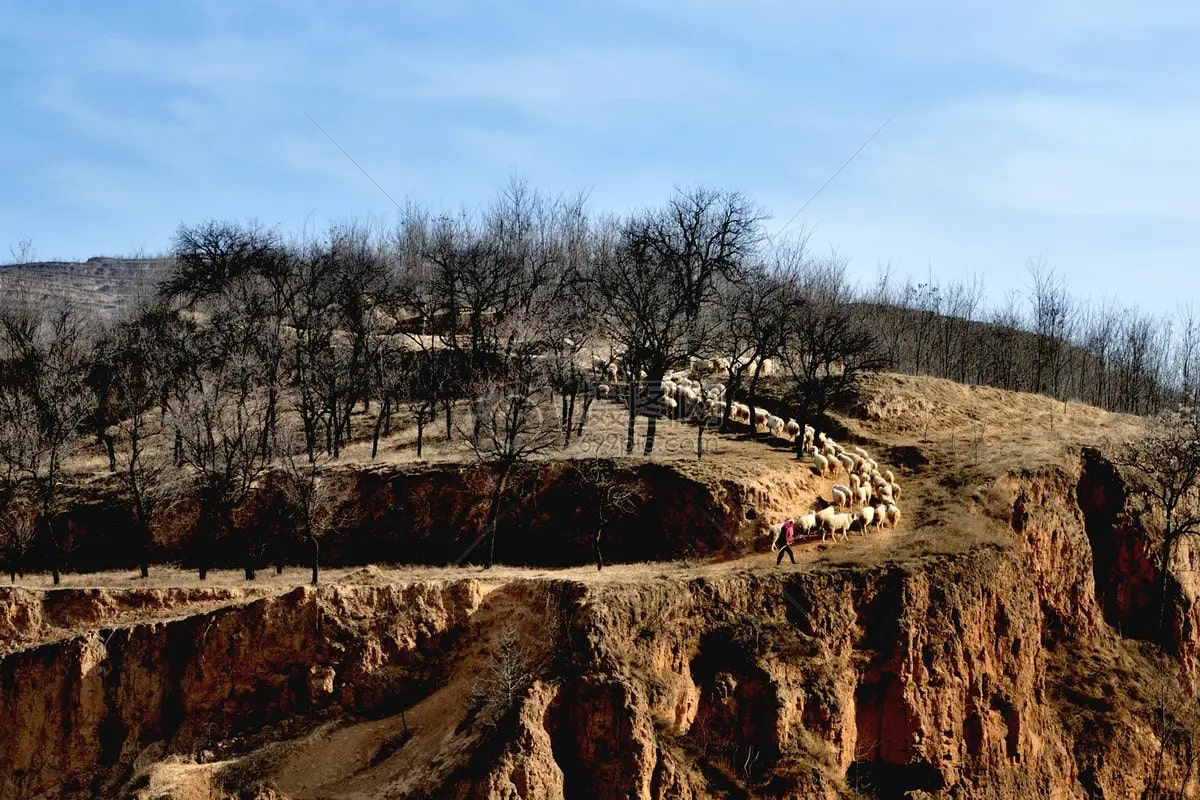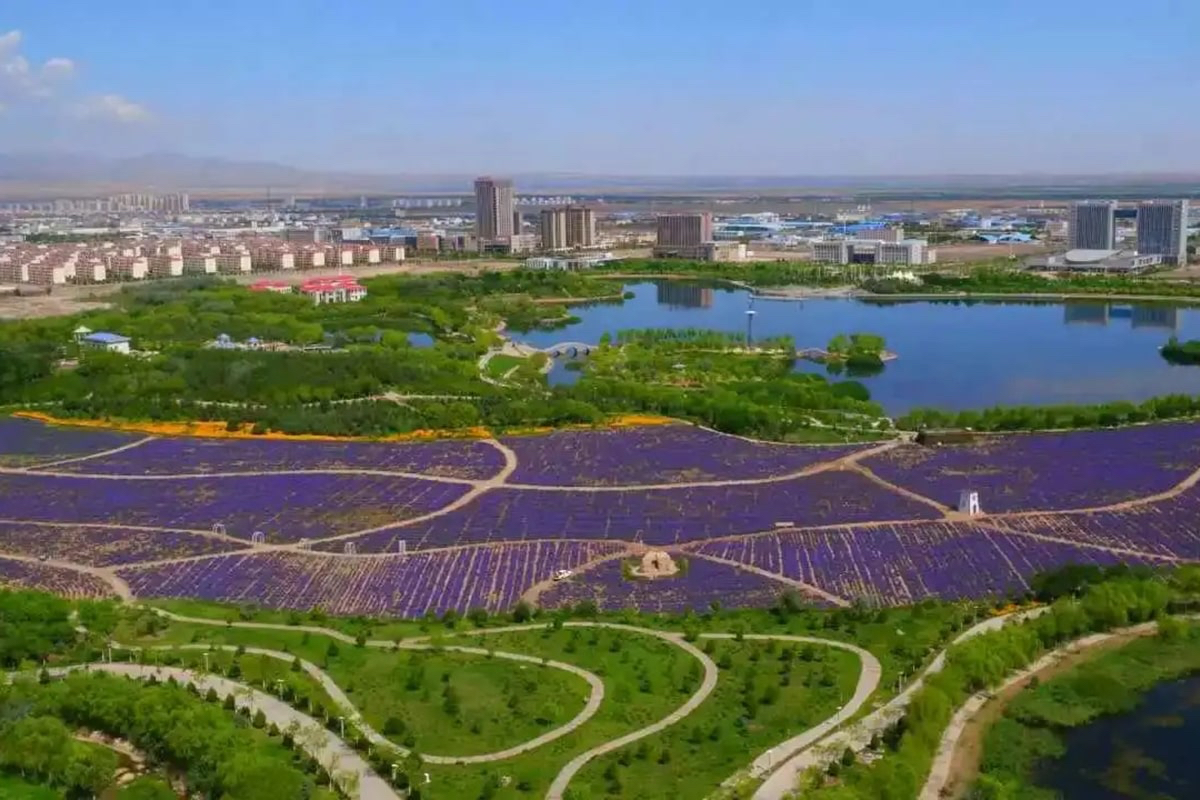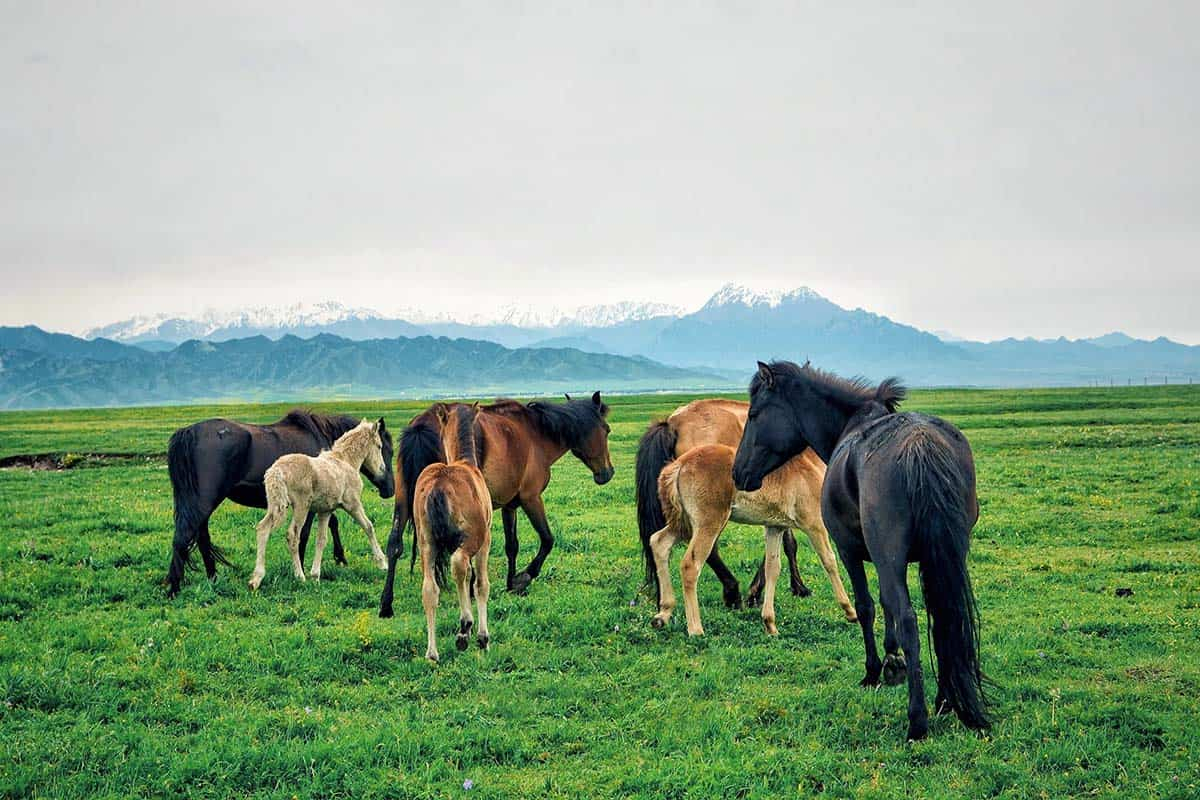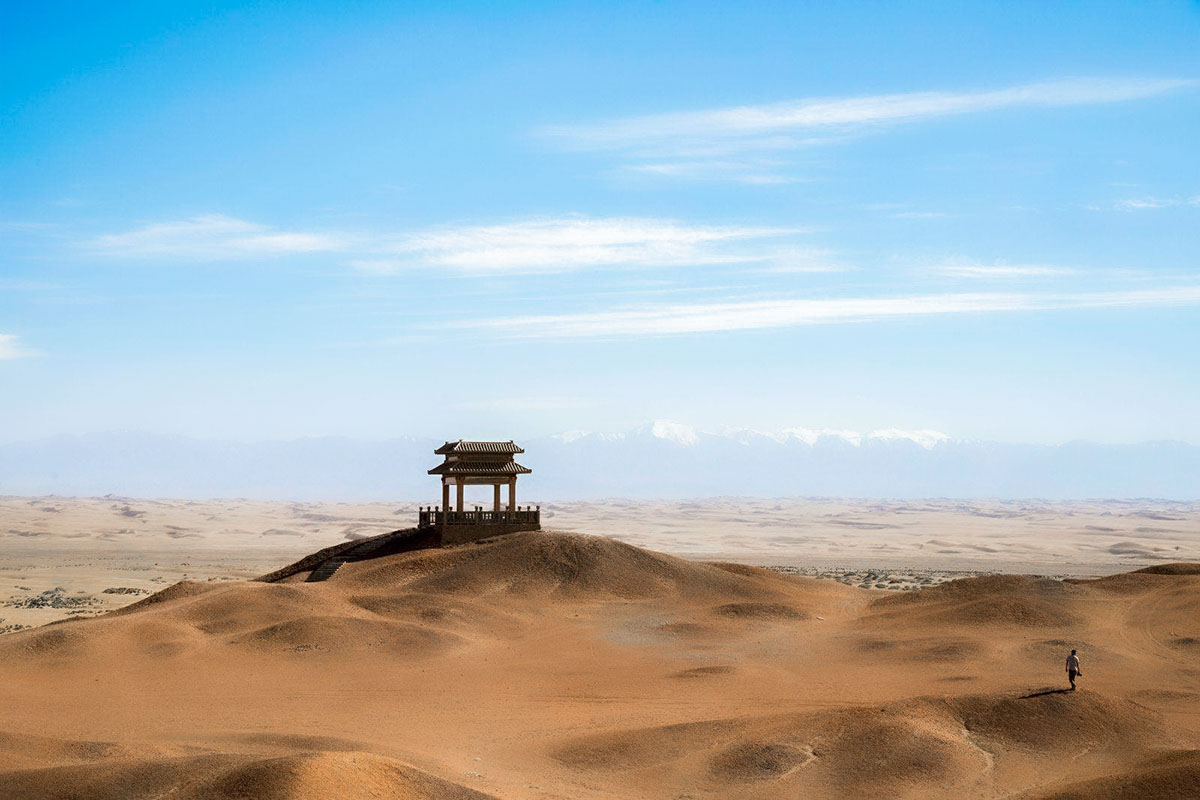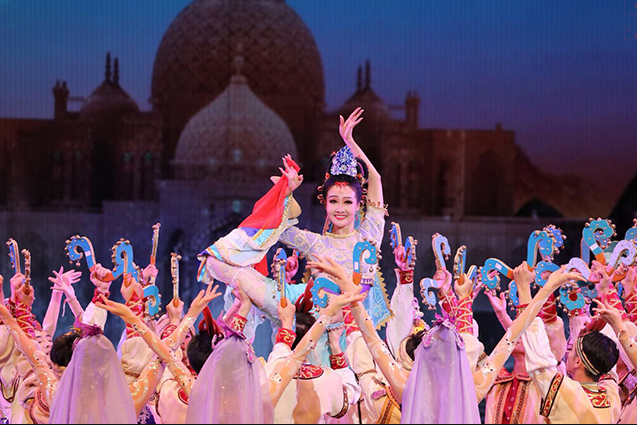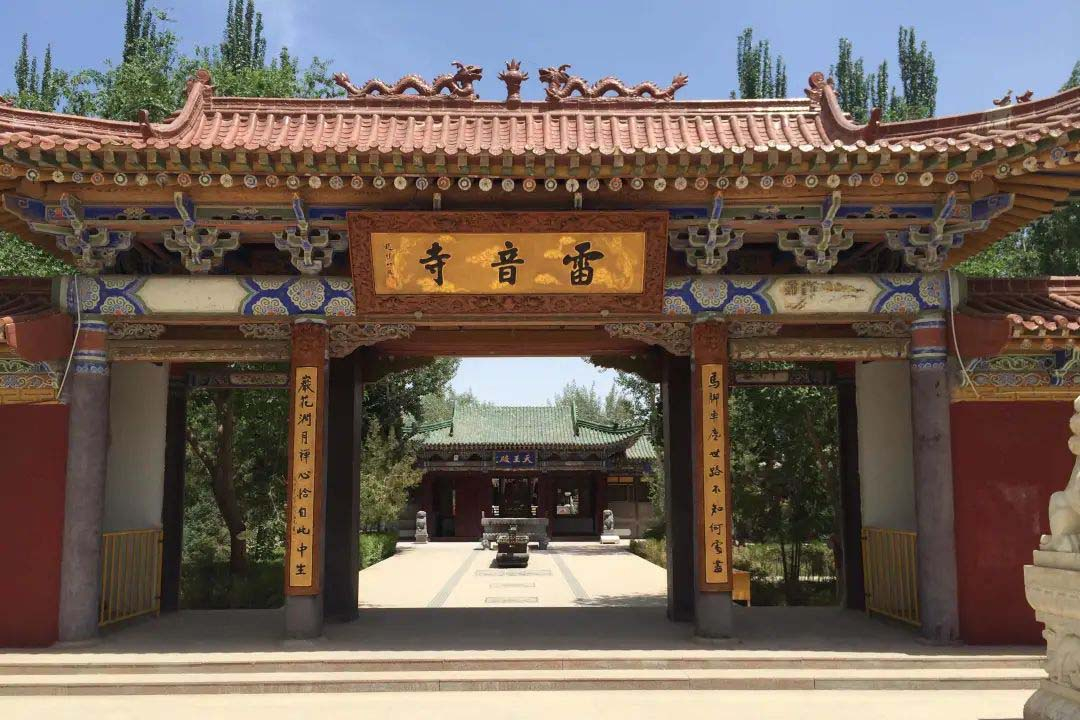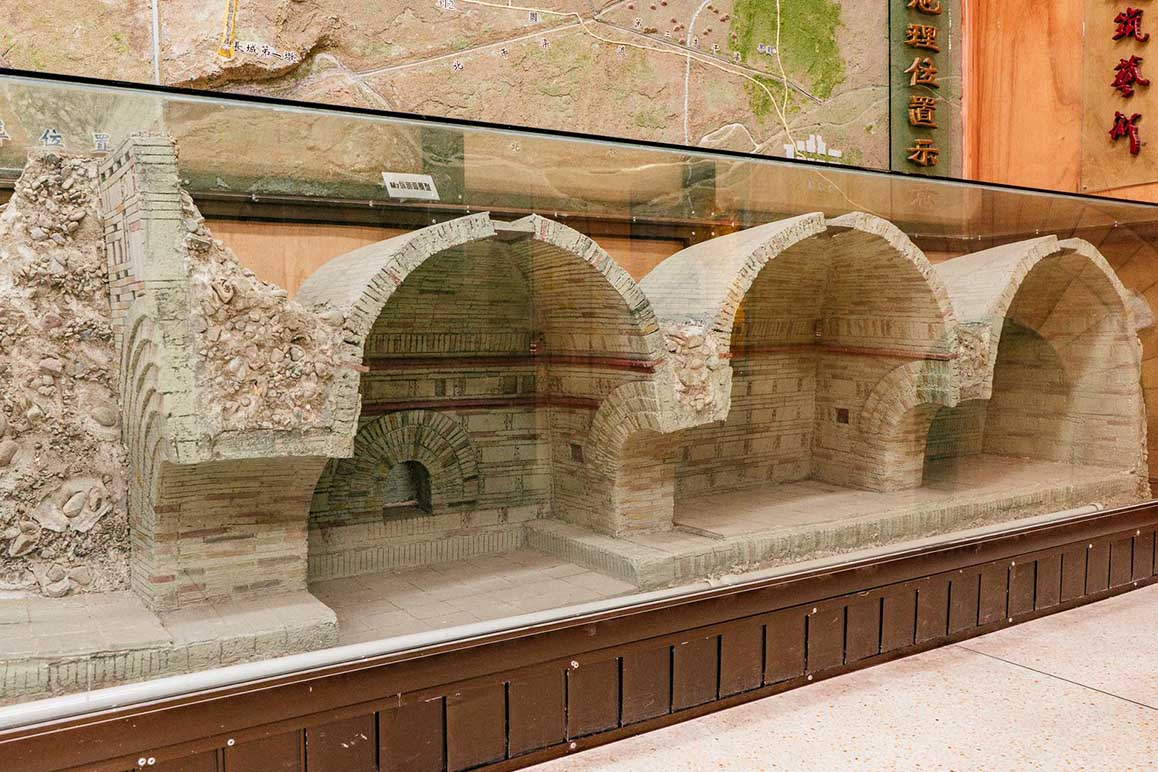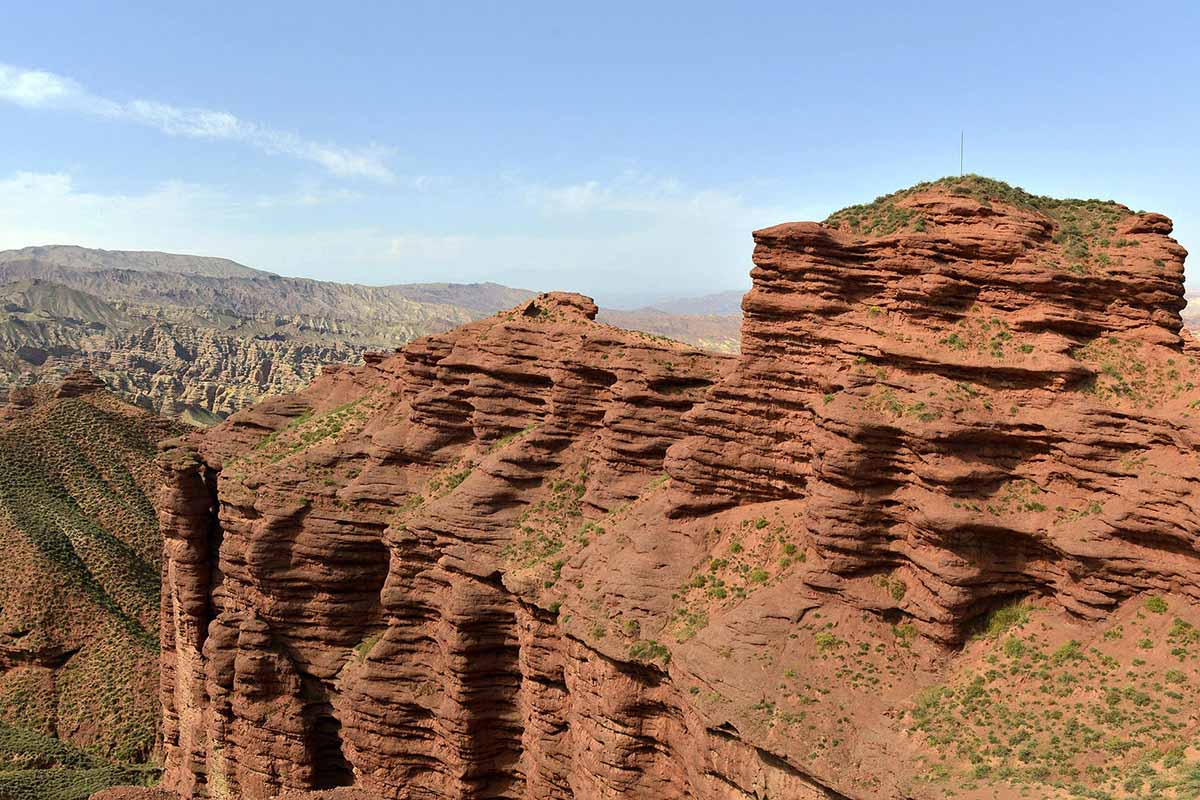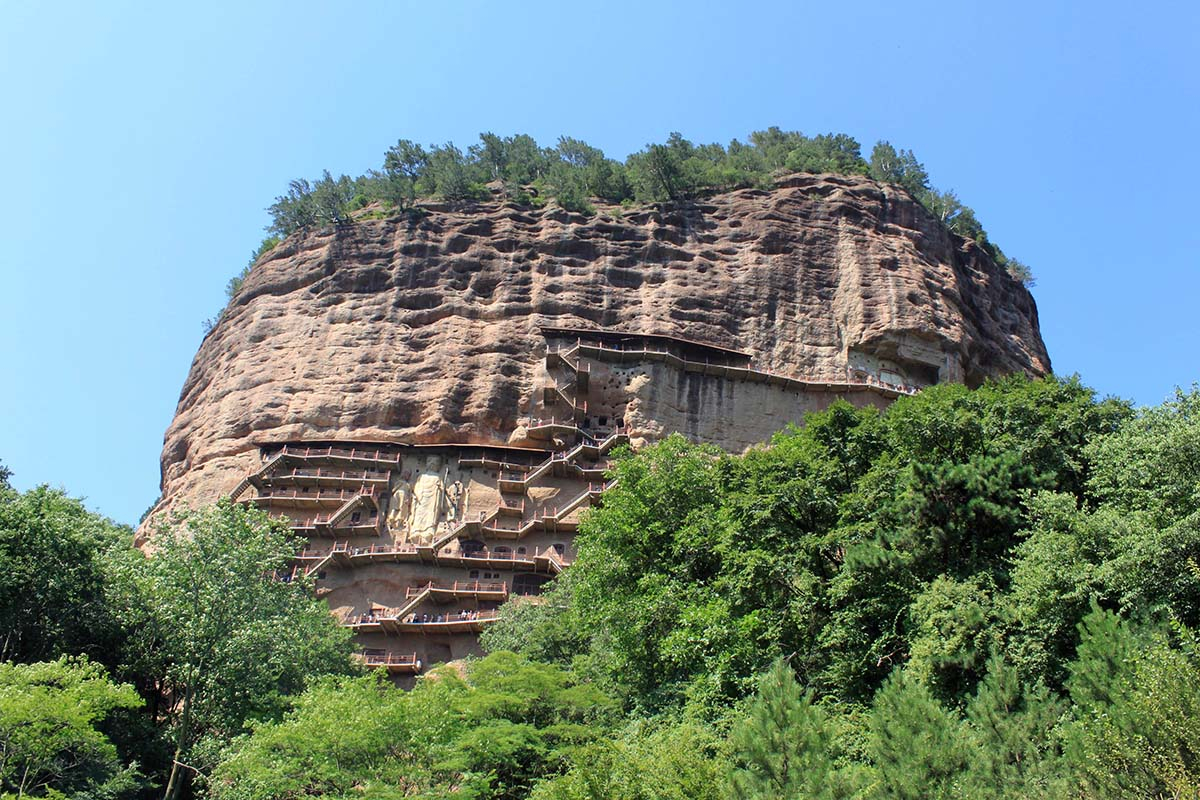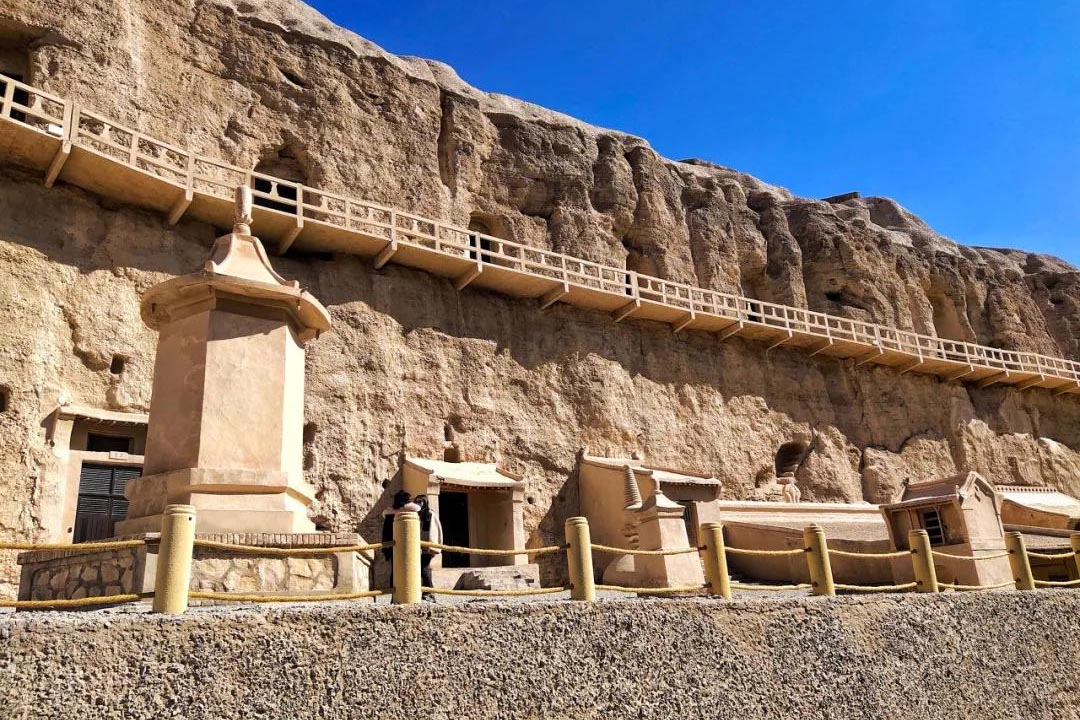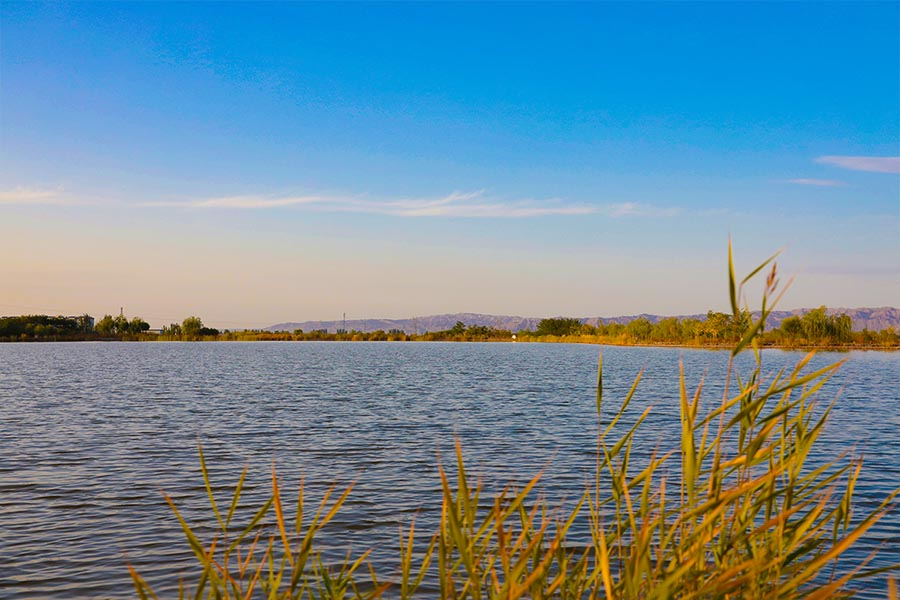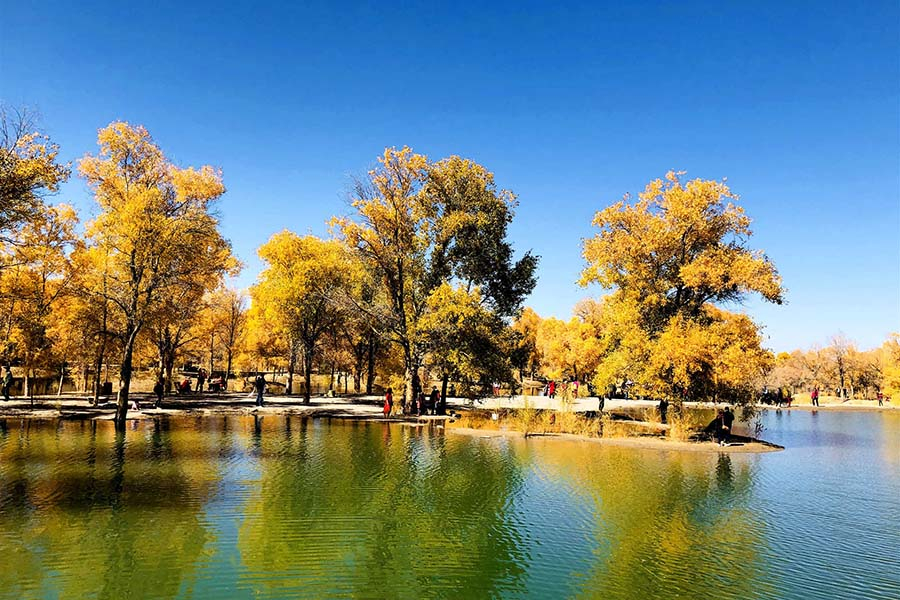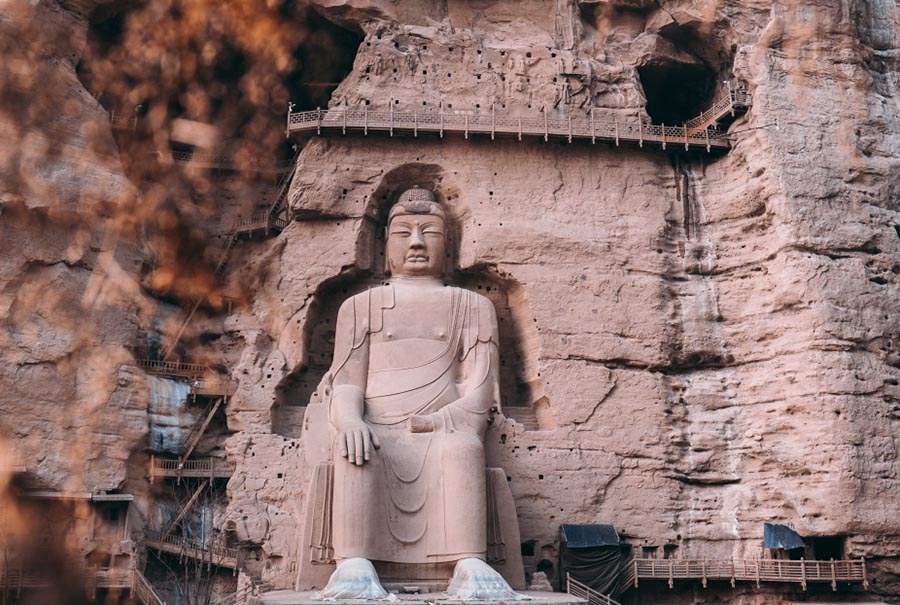Leitai Han Tomb
Chinese Name: 雷台汉墓 (Lei Tai Han Mu)
Location: No. 257,Beiguan Middle Road, Liangzhou District, Wuwei City, Gansu Province
Ticket: Entrance ticket CNY50.00
Estimated tour time: 2 hours
Recommended time to visit: all year round.
Nearby attractions: Wuwei Confucian Temple , White Pagoda Temple,Tiantishan Grottoes, Haizang Temple,etc.
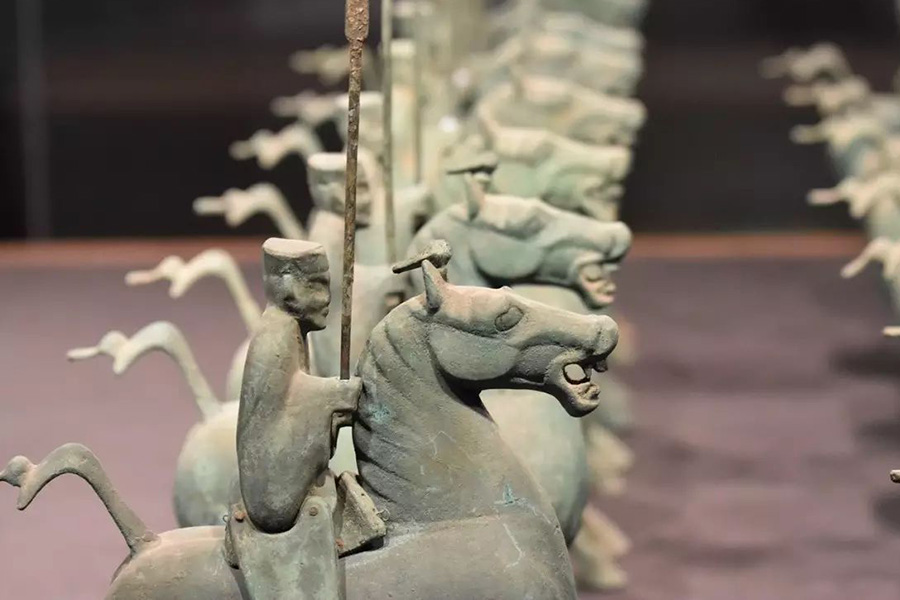
Leitai Han Tomb, located at 257 Beiguan Middle Road, Liangzhou District, Wuwei City, Gansu Province, was built in the late Eastern Han Dynasty. It is famous for the unearthed Chinese tourism symbol, the bronze statue of Galloping Horse Treading on a Flying Swallow.
Lei Tai Han Tomb is a large brick tomb, the three tombs were built under a rammed earth platform. Grave No. 1 has higher specification and is a joint burial for husband and wife. The door of the tomb faces east and is made up of the long slope tomb passage, channel, anterior chamber (with left and right side chamber), middle chamber (with right side chamber) and posterior chamber. The total length of the tomb is 19.34 meters. It is made of bricks and the square bricks on the top are painted with large lotus patterns. Tomb No. 2 is similar to Tomb No. 1 in shape but not as big in scale and there is no side chamber.
Lei Tai was a place to worship the God of Thunder in ancient times. It was the Lingjun Platform built by Zhang Mao, king of Qianliang (301-375). It is named after the Leizu Temple built on the 10 meter high rammed earth pile during the Tianshun Period of the Ming Dynasty.
Leitai Han Tomb was built in the late Eastern Han Dynasty. According to the inscriptions on the chest of the horse figurines, it is the tomb of Zhang Jun, the keeper of Zhangye City, between about 186 to 219 AD. In 1969, when local farmers in Wuwei were digging a combat readiness tunnel, they found a large brick chamber tomb from the late Eastern Han Dynasty under Leitai Platform. In 1983, it was announced as a key cultural relics protection unit in Gansu Province. In 2001, it was announced as the fifth batch of national key cultural relics protection unit by the State Council of China.
● Cultural relics
More than 230 pieces of gold, silver, copper, iron, jade, bone, paint, stone, pottery and other cultural relics and more than 30,000 ancient coins are unearthed in Leitai Han Tomb. Among them, 127 are bronze wares (some have inscriptions). The most exquisitely casted is the bronze chariot and horse guard of honor and 99 terracotta warriors of honor. The highest level of craftsmanship is a bronze galloping horse.
The bronze galloping horse, also known as "Galloping Horse Treading on a Flying Swallow", is 34.5 centimeters high and 40.5 centimeters long. The right foot of the hind leg steps on a flying swallow, three feet in the air, and the long tail is lifted up. It was unearthed in October 1969 in the Han Dynasty tomb in Leitai Platform and is now collected in Gansu Provincial Museum.
The bronze galloping horse, with one hoof on the swallow, is flying in the air on three feet, and holds up its tail in a gallop. It is vigorous in form and vivid in spirit, a perfect combination of reality and imagination. The galloping horse's foot was placed on the body of a flying swallow, the flying swallow looked back and closed its feet and spread its wings as if the galloping steed had surpassed the flying swallow like a meteor. Give people feel of the sense of lifelike of lightning, thousands miles in a moment, overwhelming momentum of the “sky horse flying in the air”. The creators wonderfully and harmoniously removed ground and space barriers, resolved the contradictions between weight and speed, imagination and reality in plastic arts. At the same time, it achieved the effect of balance and stability scientifically and perfectly shaped the image of a galloping horse galloping in the air.
In October 1983, "Galloping Horse Treading on a Flying Swallow" was determined by National Tourism Administration as a symbol of China's tourism. In 1985, it was designated as the Symbol of Wuwei City. In 1986, it was designated as a national treasure.
Wuwei Leitai Han Culture Museum is a thematic museum for cultural relics protection, display, collection, archaeology, research, education in one, fully display the Han history and culture in Wuwei area.
- HOTEST
- RECOMMEND
